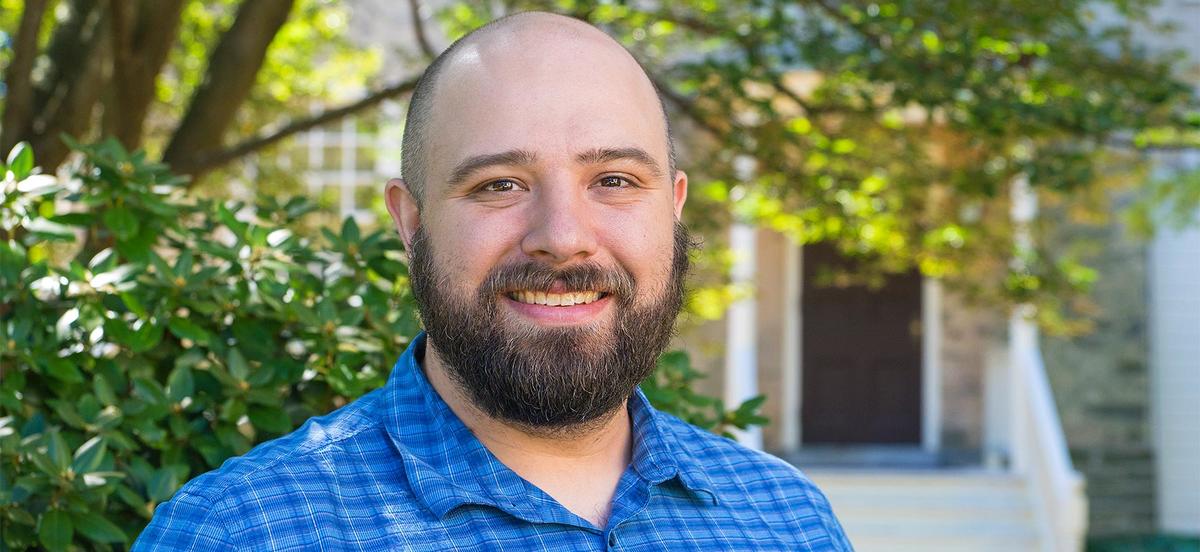Assistant Professor of Physics Ted Brzinski Awarded NSF Grant

Assistant Professor of Physics Ted Brzinski
Details
The funding will help support student-driven research on new ways of forecasting geohazards such as landslides.
Haverford College Assistant Professor of Physics Ted Brzinski was awarded a research grant from the National Science Foundation (NSF) for his collaborative research project titled, “Density of Modes: A New Way to Forecast Sediment Failure.” The grant will provide essential funding, allowing Brzinski to work alongside other university researchers to develop a new way of forecasting geohazards such as landslides, submarine slides, ground fissures, and liquefaction. The project aims to determine whether measurements of the density of excited vibrational modes (DoM) can be used as an effective precursor signal leading up to these events.
Many materials perceived to be solid matter are actually granular materials, like sand on the beach. “If you pour the sand out of a bucket, it flows freely like a liquid, but if you stand on it, it can support weight like a solid,” Brzinski explains. “Understanding how similar substances fail can help identify precursors that could indicate failure-prone materials.” While laboratory experiments have shown some promising results, this grant will allow Brzinski, his students, and colleagues to explore whether some of the same ideas can be applied to field data in an Earth science context.
Over the next three years, the NSF grant will provide $129,057 to fund the student-driven research project exploring the analysis of Earth materials. “The unique thing about this project is really the interdisciplinarity of it. I’m able to provide students with interests in fields other than physics a chance to see how their physics education is relevant to these other fields, and then also see how people who are trained in those fields approach some of the same problems,” he says. This allows students from diverse disciplines to collaborate and gain invaluable experience that they can take into their future careers. “The pursuit of understanding these analyses in Earth materials is something that I’ve wanted to do for a long time,” Brzinski adds, “but the only reason we’re able to do it is because of the hard work of Haverford undergrads and how well it aligns with the curiosity and interests of my students.”
The DoM technique has yet to be tested in natural samples, but has the potential to revolutionize natural hazard forecasting. The project will involve students from multiple STEM backgrounds and is in collaboration with the University of California, San Diego Scripps Institution of Oceanography, and North Carolina State University. If successful, the project could provide a new way to identify and monitor slope stability-related hazards within the near surface, and lead to improved responses to natural disasters, better risk management strategies, and increased safety for those living in vulnerable regions.



